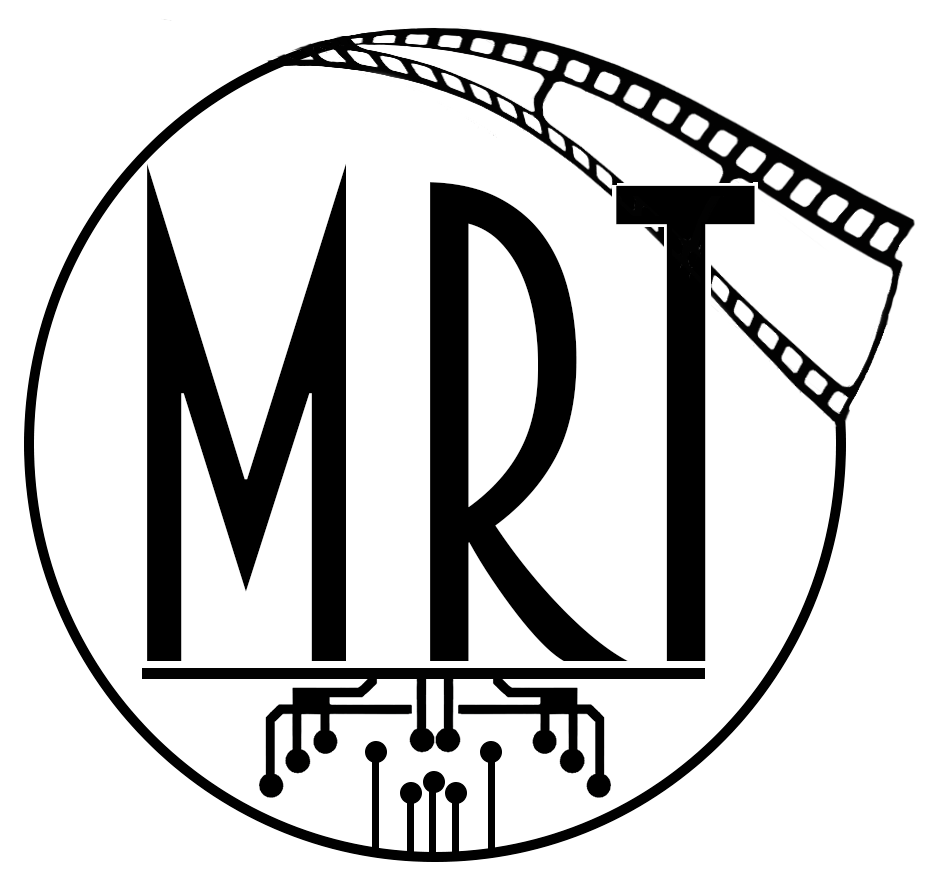Abstract:
(1) Distribution of media, (2) access to audience, (3) tracking of receipts and payment of licensing fees & royalties in the independent film industry faces increasing challenges world-wide.
The Media Royalty Token (MRT) is the first stage of a relevant, responsive, forward-looking, and comprehensive, solution to these challenges.
Many have considered the potential for blockchain technology in film funding and distribution, to no practical avail. The challenges of profitability and distribution in particular have been attempted in a couple of instances. These instances, however, demonstrate a facile, even naive understanding of the complexities of the film industry and a lack of awareness of audience dynamics. They confuse community-supplied “content” (which is given away for free) and commercially produced media, which is a retail product. They are devoid of attention to the complexity of legal requirements and relationships. The results have been far from overwhelming.
Film is a commercial product, Film is not free content.
In this white paper, we use the specific word Film for any motion picture expression which is intended as a commercial product. We differentiate it from the generic term content.
“Film” here encompasses feature film, series, television shows, short films, immersive gaming, and new media expressions such as Virtual Theatrical. The format (digital, SD, HD, UHD or actual film) is not relevant but the commercial intention is important. Advertisements, ephemerals, video blogs, social media posts, memes, and other audience or community generated media provided for free to a platform are by definition free content and not Film.
Film production and distribution is complex. It involves coordination and exploitation of creative and intellectual property rights of sometimes hundreds of parties, the contractual and royalty rights of unions, and sometimes stringent government regulation. Any solution to industry challenges to profitability and revenue tracking must address the complex legal and contractual matrix, and must still function across legal and cultural jurisdictions.
The global film industry, constituting hundreds of thousands of producers, is dominated by a tiny cartel of six members who up to recent days have successfully controlled access to audiences and channels of distribution. This industry paradigm has forced both independent film creators and distributors into choosing between begging for a subordinate place at the table, or not producing film at all. For audiences it has limited audience access to entertainment, and prevented exposure new ideas and the actual diversity of the word, in favor of mega-corporate narratives and an ever-narrower set of media messages sponsored by a tiny group of corporate owners for their own interests.
The Media Royalty Token (“MRT”) is the first stage of a practical, relevant, responsive, forward-looking, comprehensive solution to these challenges. The MRT permits film producers and independent streamers direct access audience world -wide.
The MRT is a non-fungible token on the Tezos blockchain, a smart contract that is at the heart of the solution. The use of the MRT smart contract facilitates licensing fees and royalties to be tracked and split automatically, facilitates access to audience and discoverability of new titles for that audience.
MRT holders, at their option, will generate significant license fees from the Film titles they are attached to. They have the ability to declare those license fees to the advantage of their particular tax situation (within specified time periods), and to generate ongoing merchandising and licensing benefits on their own account. In addition, MRT owners will enjoy significant discounts and other benefits as Film industry insiders.
The MRT enables a world-wide audience to access a growing universe of media expressions and ideas which they currently have no practical exposure to.
Finally, the MRT, which contains licensing rights for streaming particular film titles, is perpetually re-salable in expanding retail market.
Introduction
Consider a Gumball, and A Gourmet Meal...
Look at a full gumball machine. The gumball is content - All the gumballs are different colors, yet all are the same. The purpose for the gumball is to chew on something without actually consuming it - in other words, to pass time without thought. People are willing to pay pennies for the gumball and think nothing of spitting it out.
The gourmet meal is Film. The purpose for a gourmet meal is to enjoy the specific meal itself - to consume it, taste everything about it, and even to experience the atmosphere it is presented in. People are willing to pay sometimes hundreds of dollars to experience the gourmet meal, and they often return for that same meal, prepared again just for them.
You can get a gumball for a nickle from a machine on any street corner. It’s made in a factory and hundreds of identical gumballs at a time are loaded into the gumball machine by a minimum-wage employee. You can only get the gourmet meal at your favorite, specific, one of a kind, high-end restaurant. It’s made to order just for you, with expensive ingredients, by highly skilled and (hopefully) well paid artisans, and the retail price is high.
You put both gumball and gourmet meal into your mouth, but you only consume one of them. The other, you spit out. For anyone designing a business model, mistaking one for the other because people put both in their mouths will lead to serious missteps.
Categorizing Film the same as content is like thinking a Formula One race car can travel the same road as a “monster truck” because they are both categorized as transportation, or that your marines will be equally effective with either $7 plastic bb-guns or cruise missiles because they are both categorized as weapons. If one doesn’t understand the nature of the thing, one cannot design a workable solution to the issues around that thing.
Many Film distributors, and it seems all blockchain designers to date, make the mistake of considering both gourmet meal and gumball to be the same thing. They categorize all Film as content. In so doing, they miss the fundamental facts that content is free and Film is a very expensive commercial product that is complex to create and distribute.
Film is created within an advanced commercial industry with many specialized participants. It is difficult to create. But acceptable content can be made by one person with an 8 year old cell phone while standing in a crowded subway car, with no preparation at all.
In the current environment, Film is often given the same treatment as a cat video. In the case of the Theta blockchain solution, this is literally the case (see https://www.theblock.co/post/253468/theta-labs-will-help-pet-collective-make-super-fans-out-of-pet-video-watchers).
Then of course there is the impetus to design simple solutions. Simple solutions are easiest to implement, after all, and blockchain designers are, understandably, focused on elegant code and contained applications. How common is it for blockchain designers to create answers to questions no one would ever ask, or solutions to issues which do not exist, or code which is elegant but pointless?
Film is not free, nor can it be community-generated. Even a “zero budget” Film can cost hundreds or thousands of dollars a day in hard cash. Every Film is hand-made by artisans, with few if any off-the-shelf pieces. A small one can take a dozen or so people with specialized skills. A larger one can take hundreds of such people. A mega-budget film can require thousands of people to be involved at one stage or another. There are union rules and actor’s royalties to address. There are financiers and bankers and stock promoters to deal with - sometimes many. Copyright and other legal issues are moment-to-moment concerns. Then there are marketing strategies, license fees to track, and royalties to split up. Not to mention the impact of different legal jurisdictions, government regulations in every territory, and cultural sensibilities.
Which is to say that the Film industry cannot be neatly fit into a tidy, cute “eco-system” as many blockchain coders wish.
The MRT addresses issues of relevance to film producers. It increase license fees for them, for streamers and for MRT owners. The MRT does this by tracking and facilitating views, and rewarding the MRT owner through license fees generated by every paid Film view to which it is attached. It will reward audiences and will incentivize them to generate word of mouth.
The creators and administrators of the MRT utility token have among them over a century of experience in film and in working with blockchain space. This gives them a deep understanding of the viability and practicality of any particular blockchain application within the film production and film distribution spaces.
A blockchain solution must fit into today’s actual Film industry environment. It must be flexible enough to adapt and evolve as the industry evolves, if it is to become effective.
The MRT utility token is the solution.


